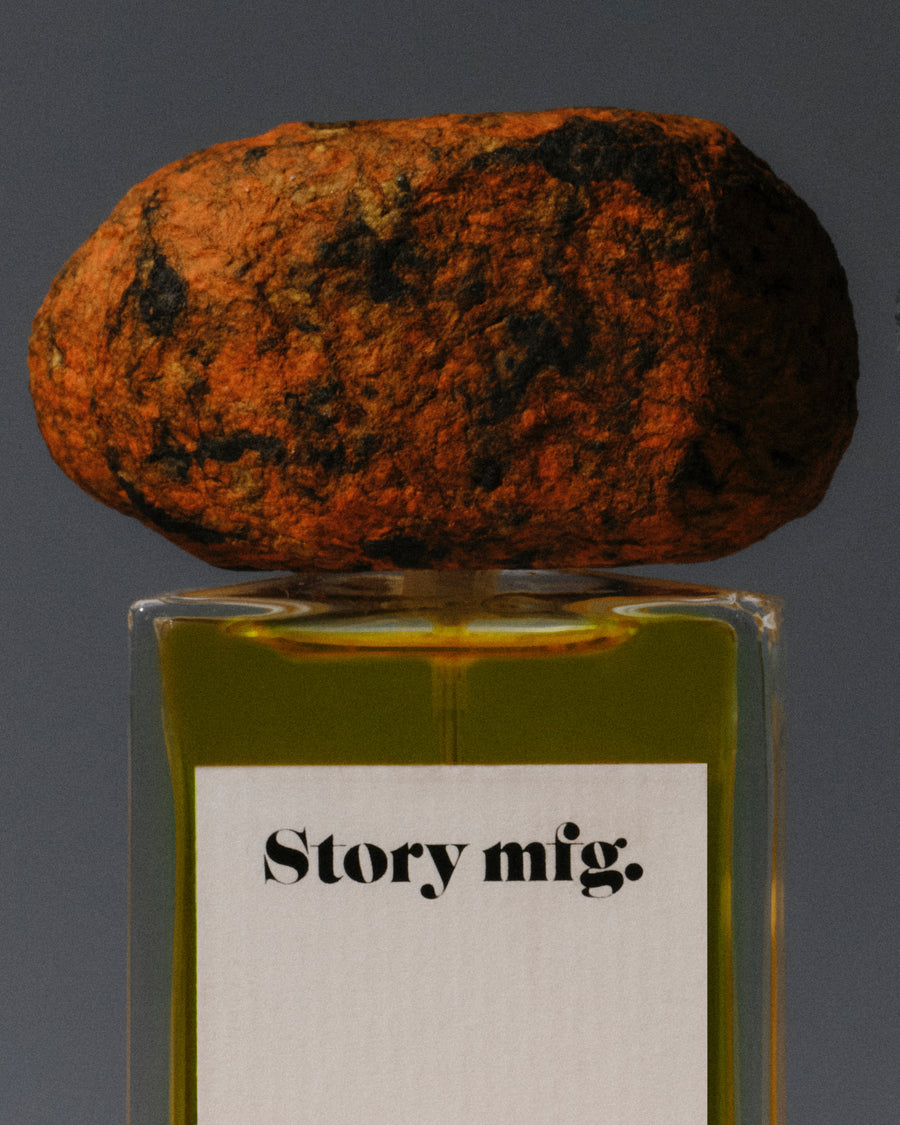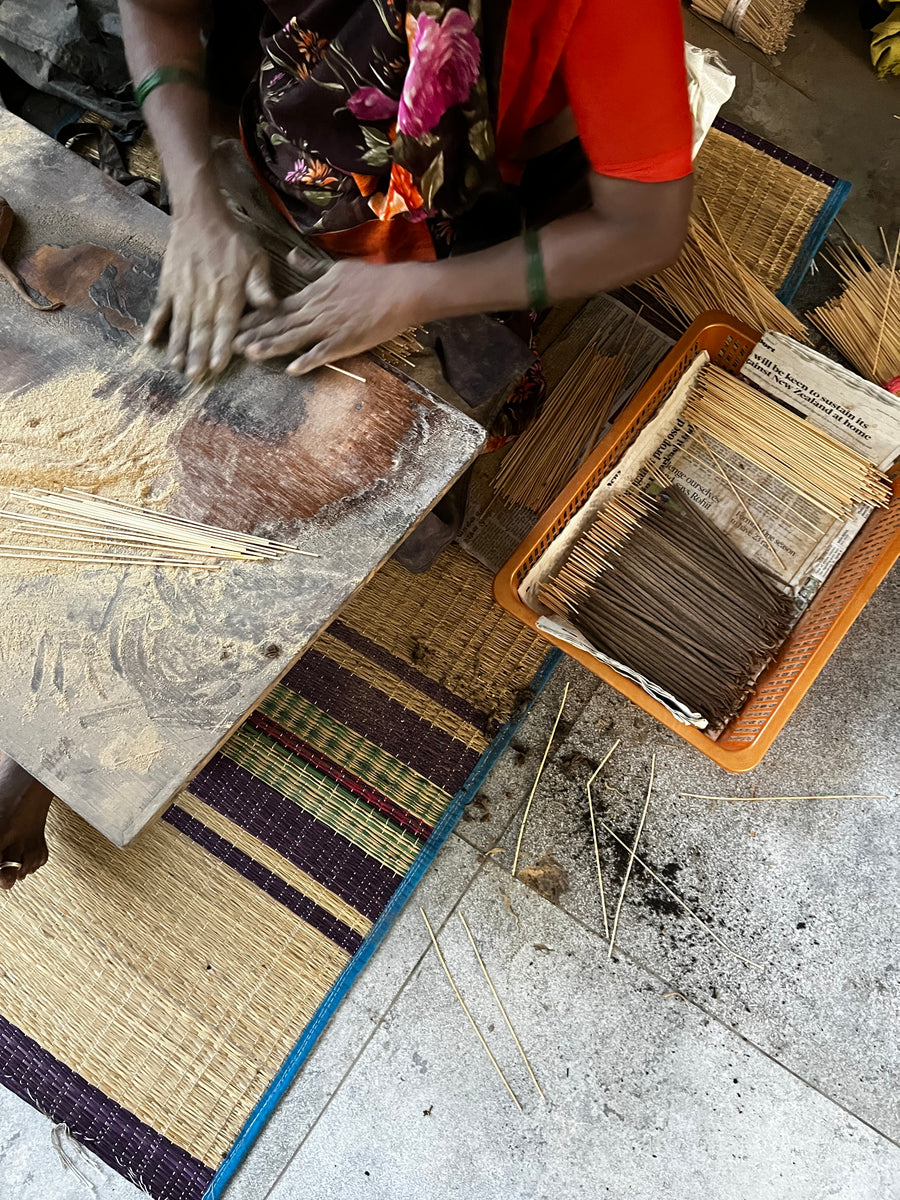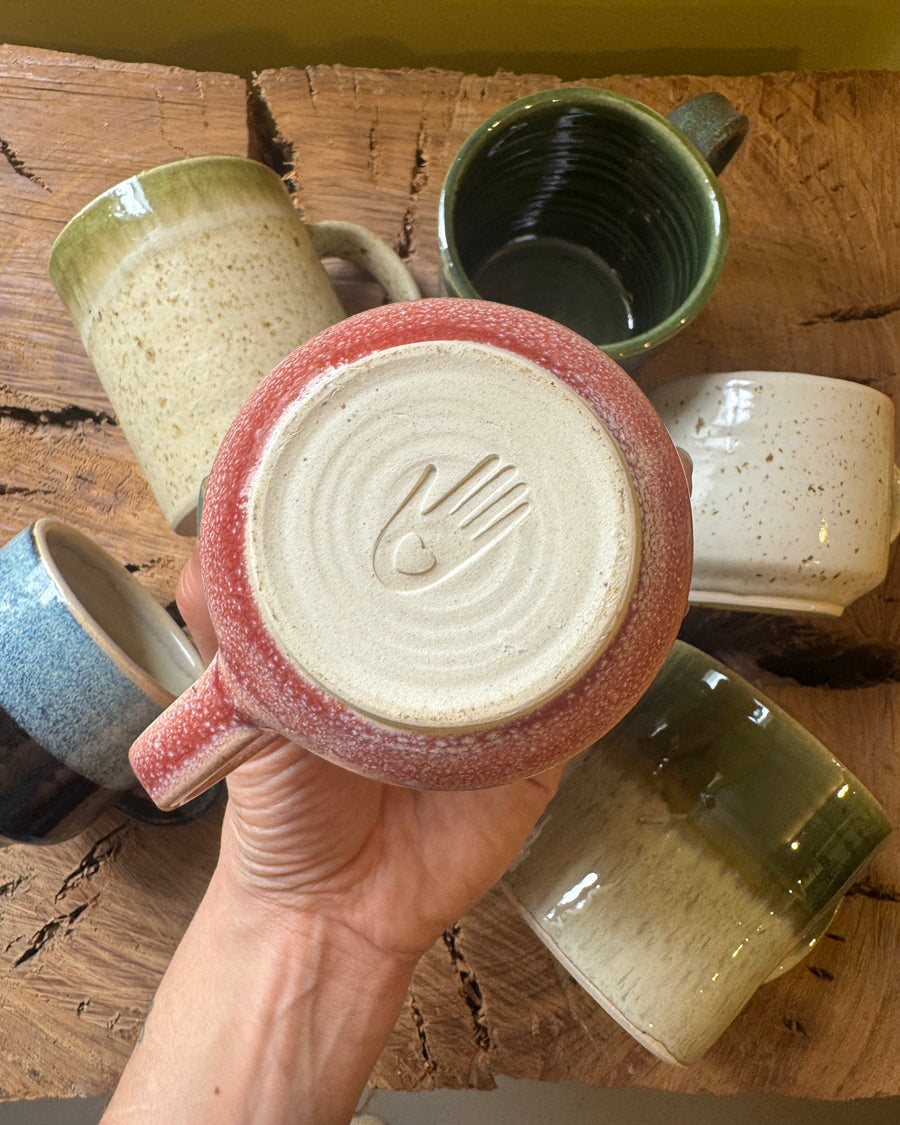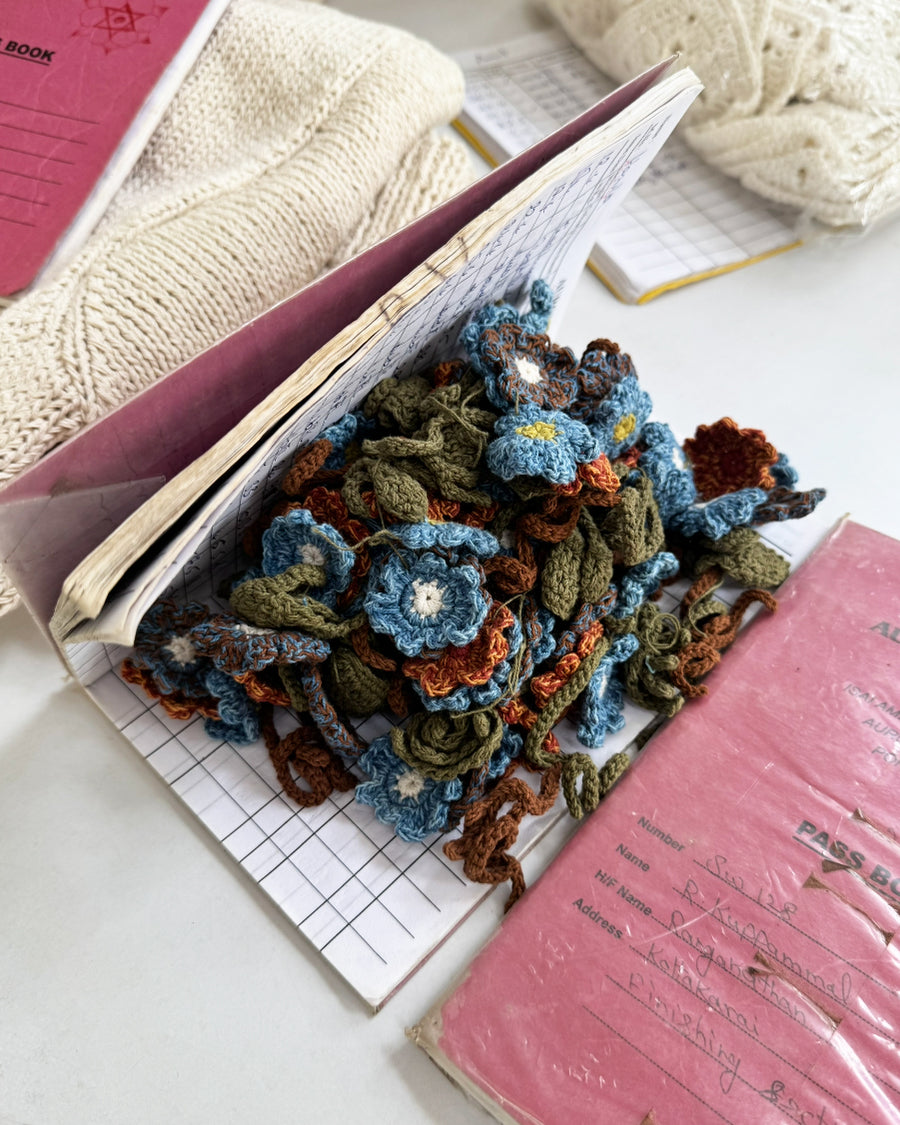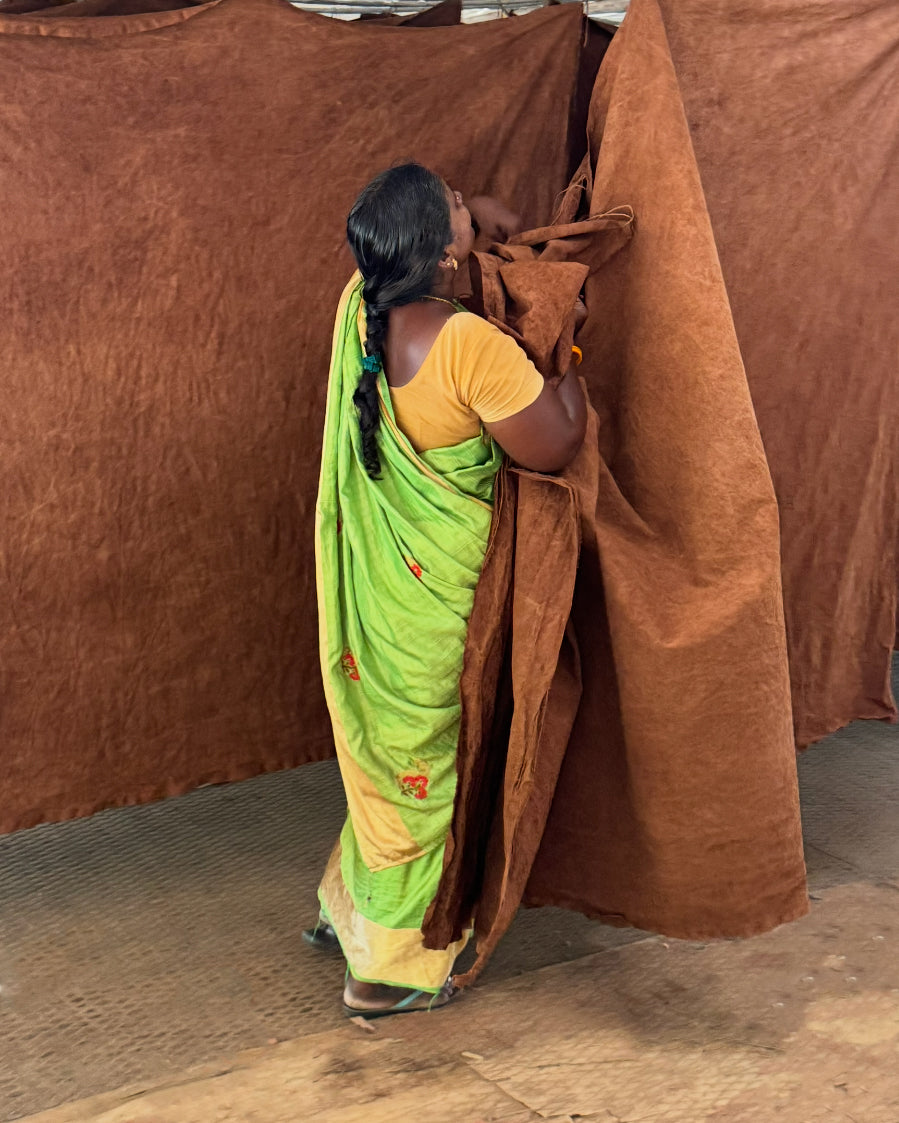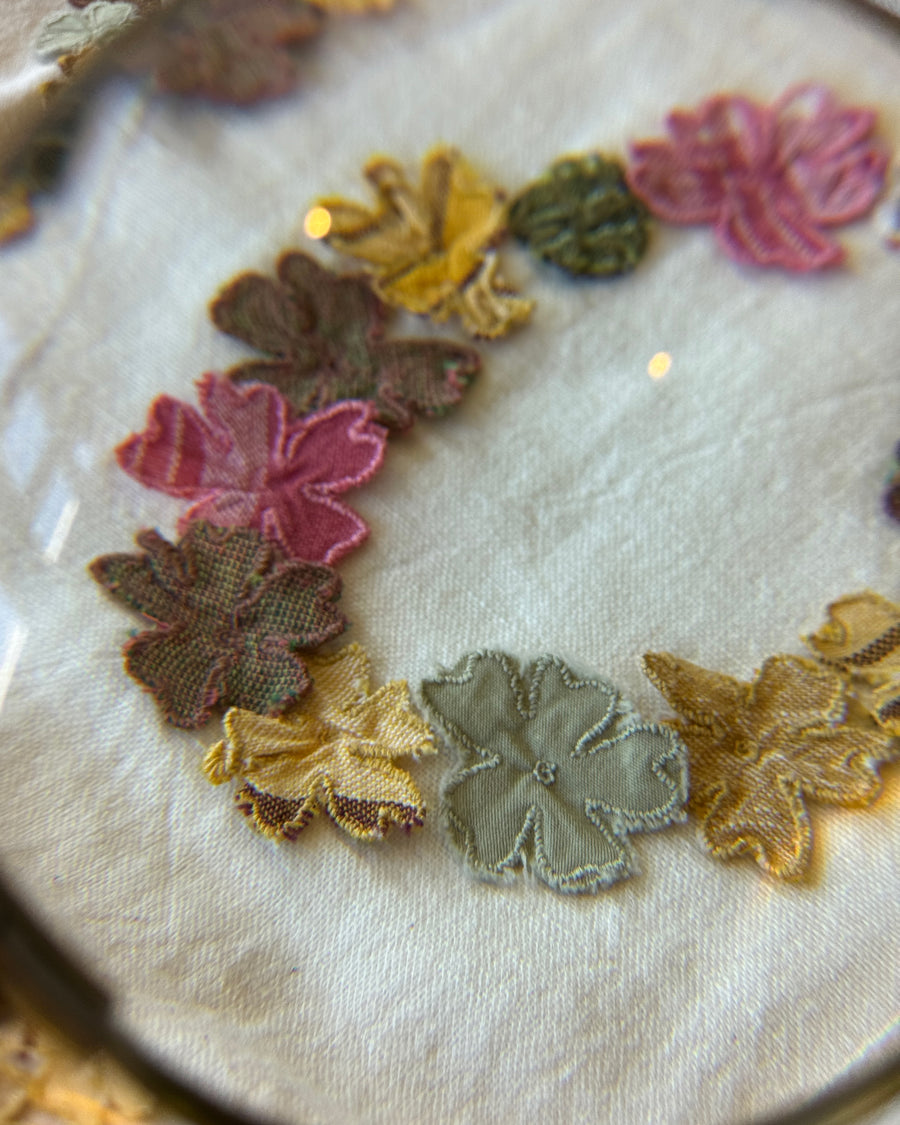
The Problem With Natural Indigo
by Saeed Al-Rubeyi
·
I’ve held off for some time writing a piece like this because I’m wary of coming across as targeting competitor brands - but it’s time to put this out there. This piece isn’t attacking anyone dyer or brand in particular, but the amount of cheap natural indigo dyed items I’m seeing is cause for concern.
Natural dyers have a dirty secret, and it’s something which isn’t talked about nearly enough. They’re making garments that are toxic, unethical and in short - duping customers into believing they’re doing the right thing when they absolutely are not.
“Natural indigo dyed” does not mean an item is dyed naturally and it certainly doesn’t mean it’s automatically more ethical or good for the planet. Natural dyeing and natural dyes are not the same thing.
I know this is confusing, it confused us at first, and it confuses most people who come to one of our workshops. I’ll try to make this as simple as possible.
Natural indigo is a dye* extracted from plant matter (in our case Indigofera Tinctoria) - but it wont work on its own. If you were to put a bunch of indigo dye (natural or synthetic) in water with a bright white cotton shirt you’d get a mess for sure but no actual dyeing. Indigo has to be ‘reduced’ in a vat, which is a fancy chemistry word that means changing the chemical structure of the compound, in this instance to make it stick to fibre. Simply put, a reducing agent turns indigo from a slippery bar of soap into industrial strength duct tape.
To reduce indigo denim factories use chemicals that are extremely strong, reliable and act quickly. Hydrosulphites are the most common - they’re the elite troops of reducing agents. The trouble is these chemicals are toxic, they’re bad bad bad news and they don’t stop reducing (chemically interacting with anything they come into contact with) until they’re totally exhausted. Good denim mills have systems in place to neutralise left over reducing agents in their waste water which actually makes them more responsible than natural dyers who use the chemicals and pour their vats down the drains.
These chemicals are easy to buy, easy to use and essentially undetectable in the final product. I have used it myself and bought it for pennies before we learned what we know now and started STORY mfg. I’ve heard self-styled experts say they can tell the difference in the flatness of colour but I’m not convinced and I can’t blame natural dyers out there who want to catch a break from what is an extremely difficult practice. More than once we’ve travelled to meet natural dyers in remote locations only to discover they use natural indigo but reduce it with harsh chemicals.
There are traditional, natural ways to reduce indigo - these are the ways we use to dye our clothes. The method we teach in our workshops uses fructose (a type of sugar) but for our brand we largely use a fermentation method. To make it clear, we still need to reduce indigo to make it work, but we enlist the help of bacteria to do the job of the reducing agent which is admittedly far harder and takes a level of expertise to control. The waste from this method is simply a mix of water and plant matter which is then recycled and can be used as a rich fertiliser. This slower, more sustainable (and stinky) method of natural indigo dyeing is largely the reason natural indigo garments should be more expensive.
This issue is compounded by the fact that natural indigo takes far more water and land to grow than you need to produce synthetic indigo. Synthetic indigo is man-made, it doesn’t need to be planted, watered, harvested and extracted. Growing the plant can be extremely beneficial to land (for one thing it helps fix degraded soil) but using natural indigo as a dye, and a chemical as a reducing agent creates a nightmare worst-of-both-worlds scenario.
I know that if you’ve got this far in you’re likely to already be a conscious consumer, and the toll of now having to work out exactly how your organic-natural-indigo garments are dyed seems heavy, but in truth its the most important question you can ask.
*Indigo is actually more like a coating - it attatched to the outside of fibres instead of going inside. This is why indigo fades the way it does revealing the original colour of the fibre underneath.




